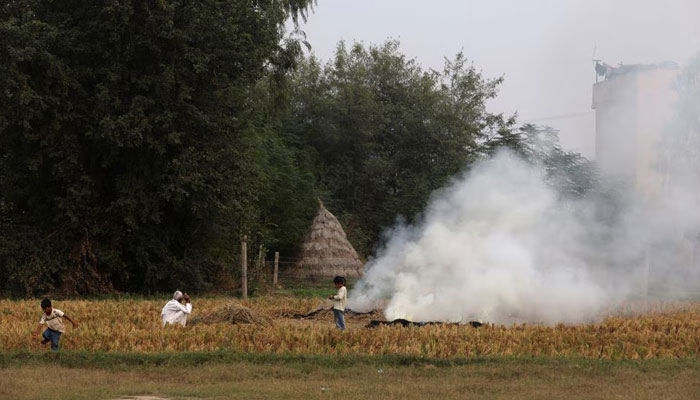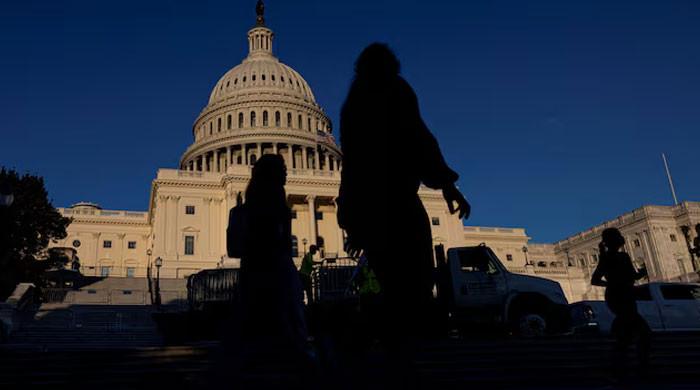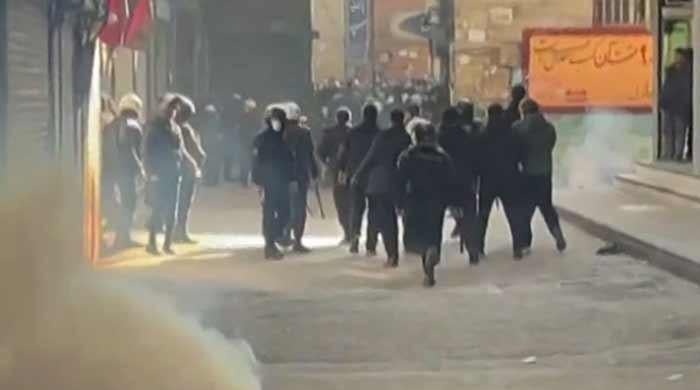Why Indian farmers burn stubble despite pollution, health risks?
Stubble burning in Punjab and Haryana typically accounts for 30% to 40% of Delhi's winter pollution
November 07, 2023

Indian farmers have been burning crop stubble despite being aware of its impact on air quality in nearby areas and the world's most polluted capital, New Delhi, which is currently gripped by a monstrous smog situation leading to restrictions on private vehicle usage and school closures.
The air quality of a village in the Haryana state is so bad that a small farmer shares how it has led to increasing health issues among family members, particularly his asthmatic uncle who struggles to breathe and requires a nebuliser to pump medicine directly into his lungs.
"We know stubble-burning is harmful, particularly for the health of our parents and children," Sharma, 22, said.
But for this resident of village Karnal, known for its rice and wheat cultivation, the only alternative to burning crop residues is to join the queue to hire machines to clear his field, which would cost him about $100 for his four-acre farm, Reuters reported.
The average waiting time for renting a machine, that costs nearly INR300,000 ($3,606) in northern India is two weeks, making it unaffordable for small farmers like Sharma, who own four acres or less.
This highlights the challenge authorities face in improving northern India's air every winter.
More than 85% of Indian farmers are categorised as small, meaning that, like Sharma, they own about four acres or fewer. Together, they control 47% of the country's crop area, government figures show.
Residents in Delhi and surrounding areas in Haryana, Uttar Pradesh and Punjab states experienced some of the filthiest air in the world in the last week, data from the Central Pollution Control Board (CPCB) showed.
Delhi has closed primary schools and restricted road traffic, while international cricketers in the city skipped practice ahead of a World Cup match on Monday.
Stubble burning in Punjab and Haryana has typically accounted for 30% to 40% of Delhi's October-November pollution, according to the government air-quality monitoring agency System of Air Quality Forecasting and Research (SAFAR).
In response to government incentives and fines, the number of fires has declined by 40%-50% this year from a year ago, the government estimates, but nearly a dozen farmers across three Karnal villages said they would keep burning, Reuters reported.
"No one in our village has been fined so far though scores have burnt stubble," said Dharamvir Singh, adding he had cleared out 10 acres that way and would do the same for another 10-15 acres of own and leased land.
"I am coughing every day and feel irritation in my eyes but would prefer to take some medicine or a drink in the evening than incur extra costs."









